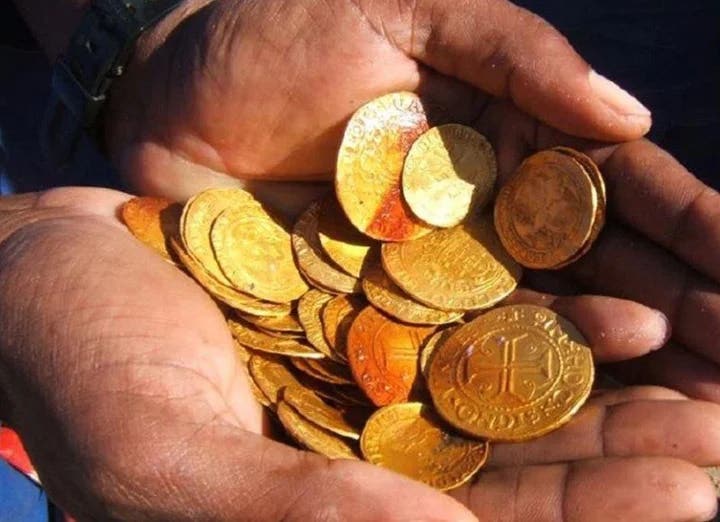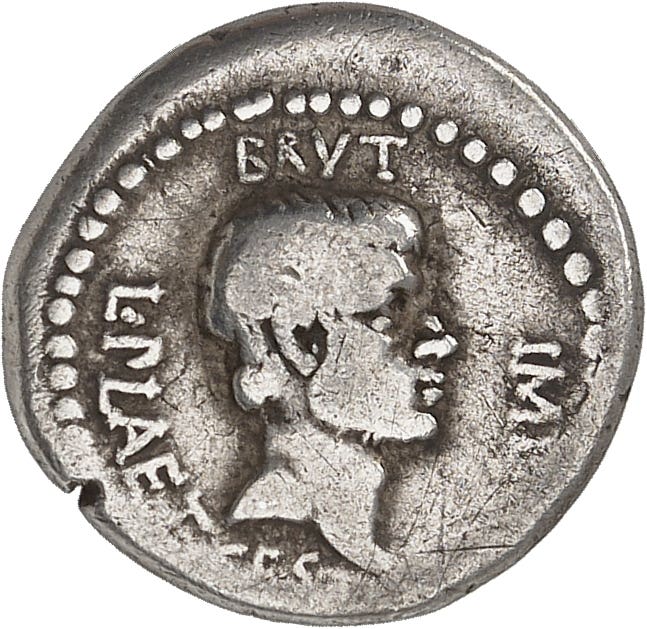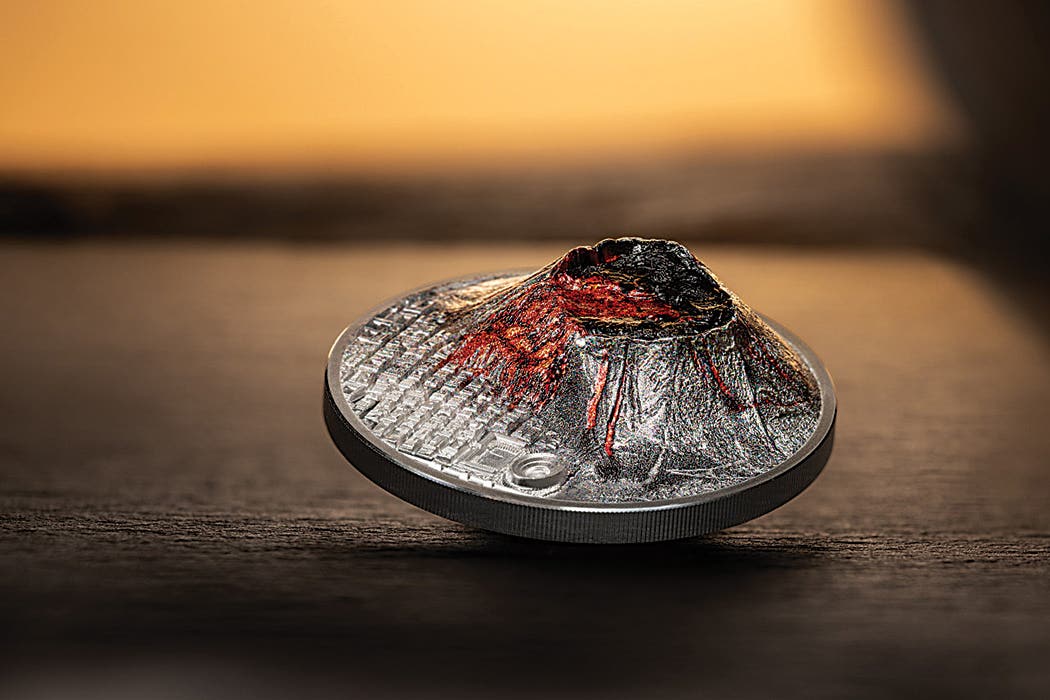Coins at an All-Time High
420,000 euros for a portugaleser of 10 ducats, 180,000 euros for a quintuple ducat from Czechoslovakia, brakteates sold for more than ten times their estimate – the review of Künker’s…
420,000 euros for a portugaleser of 10 ducats, 180,000 euros for a quintuple ducat from Czechoslovakia, brakteates sold for more than ten times their estimate – the review of Künker’s Summer Auction Sales 368 to 371 could be summarized as follows: coins are at an all-time high. Those who are thinking about selling their collection can be sure to find an active and interested market right now. Therefore, it is no surprise that the total result of all four auctions amounted to 12.8 million euros. The total estimate had been 7.6 million euros.
5th Place
A sum of 130,000 euros was achieved by a quintuple ducat, of which Czechoslovakia had as few as 100 specimens minted in Kremnica in 1951. This is remarkable: it demonstrates that even coins produced after World War II can become exclusive collectibles whose value to collectors has nothing to do with their material value. Interestingly enough, the motif or rather the topic of the coin is of no importance to the secondary market. What’s important is that only very few pieces were minted, and that the specimen is of extremely high quality.
4th Place
The same is true for the 10-fold ducat minted in the same year that bears the same motif. Its 34.41g of pure gold were worth about 1,900 euros or 2,000 dollars at the time of the auction. The hammer price was 170,000 euros – about 90 times its material value. This high price is due to the large interest for coins from Czechoslovakia in today’s Czechia and to this coin type’s incredibly low mintage figure of 56 specimens.
3rd Place
The most expensive coin in this series was a quintuple ducat from 1938, i.e., from the year in which the Great Powers sacrificed the Sudetenland to Hitler in order to prevent a war that turned out to be inevitable after all. After giving away the Sudetenland, Czechoslovakia disintegrated within a few months. The few coins that were minted in 1938 are therefore of utmost importance to the national identity of today’s Czech Republic. Accordingly, the quintuple ducat, of which only 56 specimens were produced, was sold for 180,000 euros, making it the most expensive coin of the Dr. Pavel Liska Collection. The prices of the other two denominations issued in 1938 are also noteworthy: the double ducat with a mintage figure of 186 specimens was sold for 110,000 euros, the single ducat of which 56 specimens were minted achieved 77,500 euros.
2nd Place
The second most expensive coin and the most expensive coin are to be found in another catalog. They were sold in auction 369, in which the Berlin Savings Bank had their collection of coins from Brandenburg-Prussia enter the market in order to support Berlin’s cultural institutions with the proceeds. Berlin artists can be delighted about the major interest of coin collectors: the rare 1570 portugaleser of 10 ducats by Elector Joachim II of Brandenburg fetched 220,000 euros.
1st Place
Almost double this amount, namely 420,000 euros, was the hammer price achieved by the portugaleser by John George, the eldest son and successor of Joachim II. There are probably two reasons for this result: for one, the piece is unique; moreover, it was of better quality than the first portugaleser. Therefore – at least according to research done with the Sixbid archive – this coin might be the most expensive portugaleser ever sold at auction. It certainly was the most expensive one in this auction sale!
Although only high-priced specimens were featured in this review: there were many coins in the auction sale that could be bought for little money. Take a look at the auction results and see for yourself. After all, coin collecting is a rewarding hobby for everyone!






